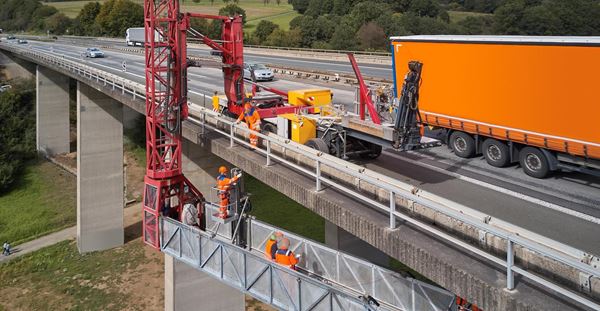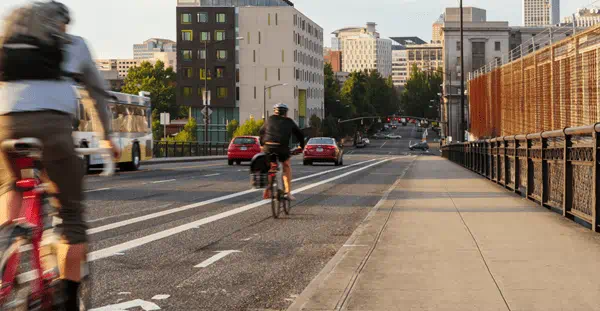- Asset management
- Data
- Digital asset management
Why advanced bridge inspections matter
Better data improves asset and risk management. Ageing UK infrastructure, originally built post-World War II, now faces increased usage and underinvestment, leading to a rising number of substandard bridges. In 2019, 4.4% of local council bridges were classified as substandard, and the maintenance backlog was £6.7bn. In 2023, tight budgets are straining infrastructure in need of substantial investment. Delaying capital investment will only raise future costs for maintenance, rehabilitation and new construction. Arcadis is collaborating with Niricson to pioneer Advanced Bridge Inspections in the UK, revolutionising the way bridge condition data is collected and analysed.
Bridges are critical and complex structures within the UK’s transportation networks. Ensuring their safety and performance is challenging and prone to human error due to inconsistent inspections. Typically, inspections rely on visual assessments and tools like tapping hammers, leading to variations in methods and subjective interpretations. This also involves working at height and exposing inspectors to traffic hazards, making it hard to track bridge conditions and deterioration over time. However, recent advances in artificial intelligence (AI), machine learning, robotics, computer vision and Niricson’s patented acoustic technology present the possibility of digitising the inspection process to inform maintenance, so it is targeted, repeatable and more efficient than ever before.
The possible solution?
The solution employs an autonomous robotic device like a drone to collect three layers of data. First, optical images detect and quantify surface defects like cracks and spalls. Second, an infrared sensor identifies subsurface issues such as delamination and moisture ingress up to 50mm from the top concrete surface. Lastly, Niricson’s unique acoustic sensor can detect and quantify delamination up to 200mm in concrete. All this multi-layered data is collected by Dronic proprietary data collection technology using these sensors. It is then processed by Autospex software which employs deep learning to automatically detect and quantify defects. The software generates a defects map showing the location and extent of surface and subsurface deficiencies. Arcadis engineers use this information to consistently and comprehensively assess bridge health. This data feeds into risk and asset management systems, enabling informed decisions for the long term safety and durability of the assets.
The benefits
Having these detailed data sets makes it possible to generate a baseline condition assessment of bridge structures which can be tracked over time. An easier, quicker and more comprehensive reporting system, it also gives much greater foresight in terms of predicting cost as well as materials and resources. This is of huge benefit to asset owners, governments and ultimately the taxpayer. With Niricson’s Autospex, an AI enhanced predictive analytics platform, Arcadis offers a holistic Bridge Health Solution, allowing all stakeholders to collaborate over digital defect maps for the first time. Through the remote inspection and monitoring of concrete bridges, this service provides support to the whole lifecycle of the asset working to extend the lifespan, saving on capital expenditures, rebuilds and CO2 emissions. But most importantly, it ensures risks to the public and asset owner are drastically reduced.





